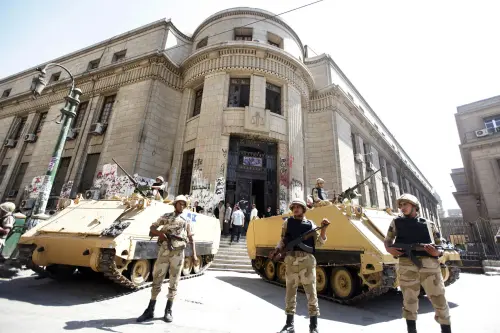A review of dozens of indicators of social and economic health as well as public services and infrastructure for the New Orleans region since Hurricane Katrina finds that:
- The population of New Orleans and the region continues to rebound, but demographic shifts may be occurring, with fewer black students in the city and larger shares of Hispanic children in the outlying parishes. U.S. postal statistics on households actively receiving mail indicate that the city has regained 66 percent of its pre-Katrina population number, up from 50 percent last year. But only 40 percent of students have returned to New Orleans public schools, and of these, a smaller share of black students.
- The region’s housing market has stabilized in the past year, especially in the leastdamaged suburban parishes. The homebuying frenzy that took place in the region the first year after Katrina has slowed and home prices and rent levels remain high overall but have leveled off. The exception is in Orleans and St. Bernard parishes, where home sale prices have dropped. Meanwhile, a considerably high number of properties are up for sale in the region, many of which may be in need of repair and not quickly inhabitable.
- Two years after Katrina, the New Orleans regional economy is strong but has plateaued somewhat in the past year. Many aspects of the region’s economy–sales tax revenue, total employers, jobs and labor force size–have been restored to at least 79 percent of pre-Katrina levels. In the core, the city enjoyed some growth in sales tax revenue, but continued to lose employers, seeing little growth in the labor force size over the past year. And, the region’s unemployment rate is higher than one year ago.
- Housing repairs and construction continued over the last year, but repairs to essential infrastructure have largely stalled and public services are still limited. The pace of demolitions and new housing construction approvals has increased, while residential repairs have slowed as the Road Home program has awarded checks to only one-quarter of applicants. Basic services-including schools, libraries, public transportation, and childcare-remain at less than half of the original capacity in New Orleans, and only twothirds of all licensed hospitals are open in the region. Further, lack of repairs to public facilities is undermining police effectiveness.
In sum, two years after Hurricane Katrina and the subsequent levee failures, the city of New Orleans and its metro area has bounced back, recovering most of its population and economic base. Yet, progress in the past year has slowed, basic services and infrastructure remain thin, and stark disparities loom between the recovery of Orleans and St. Bernard parishes and the rest of the region.
The Brookings Institution is committed to quality, independence, and impact.
We are supported by a diverse array of funders. In line with our values and policies, each Brookings publication represents the sole views of its author(s).



